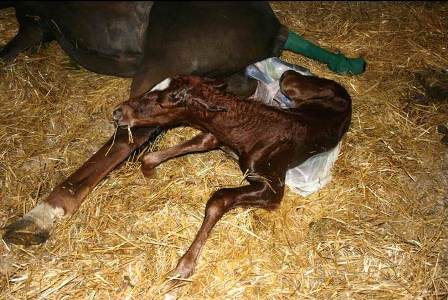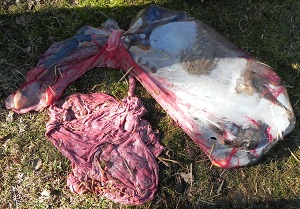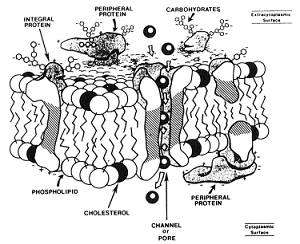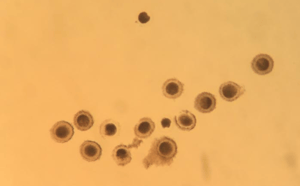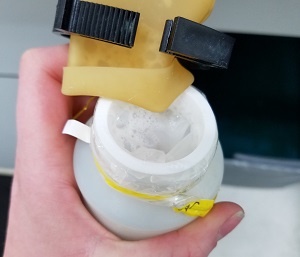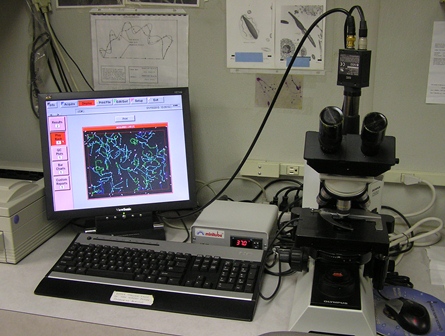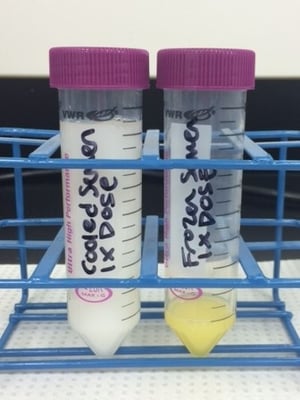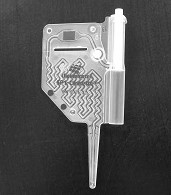 Knowing and keeping track of the concentration, or the number of sperm per milliliter, of each ejaculate for a stallion is very important for a variety of reasons. The concentration of his semen, along with the volume of his ejaculate, is used to determine the total number of sperm he produces in a given collection. These two numbers (volume and concentration) are used to calculate insemination doses. Also, keeping a record of each number can help stallion managers recognize if there are any changes in the reproductive health of the stallion. Slight variations are likely nothing to be concerned about. However, if the number of sperm in the ejaculate varies drastically, from collection to collection or a steady decrease in his total number of sperm over time, one may begin to ask what is causing the change. This information is valuable so that any concerns can be addressed as soon as they arise.
Knowing and keeping track of the concentration, or the number of sperm per milliliter, of each ejaculate for a stallion is very important for a variety of reasons. The concentration of his semen, along with the volume of his ejaculate, is used to determine the total number of sperm he produces in a given collection. These two numbers (volume and concentration) are used to calculate insemination doses. Also, keeping a record of each number can help stallion managers recognize if there are any changes in the reproductive health of the stallion. Slight variations are likely nothing to be concerned about. However, if the number of sperm in the ejaculate varies drastically, from collection to collection or a steady decrease in his total number of sperm over time, one may begin to ask what is causing the change. This information is valuable so that any concerns can be addressed as soon as they arise.
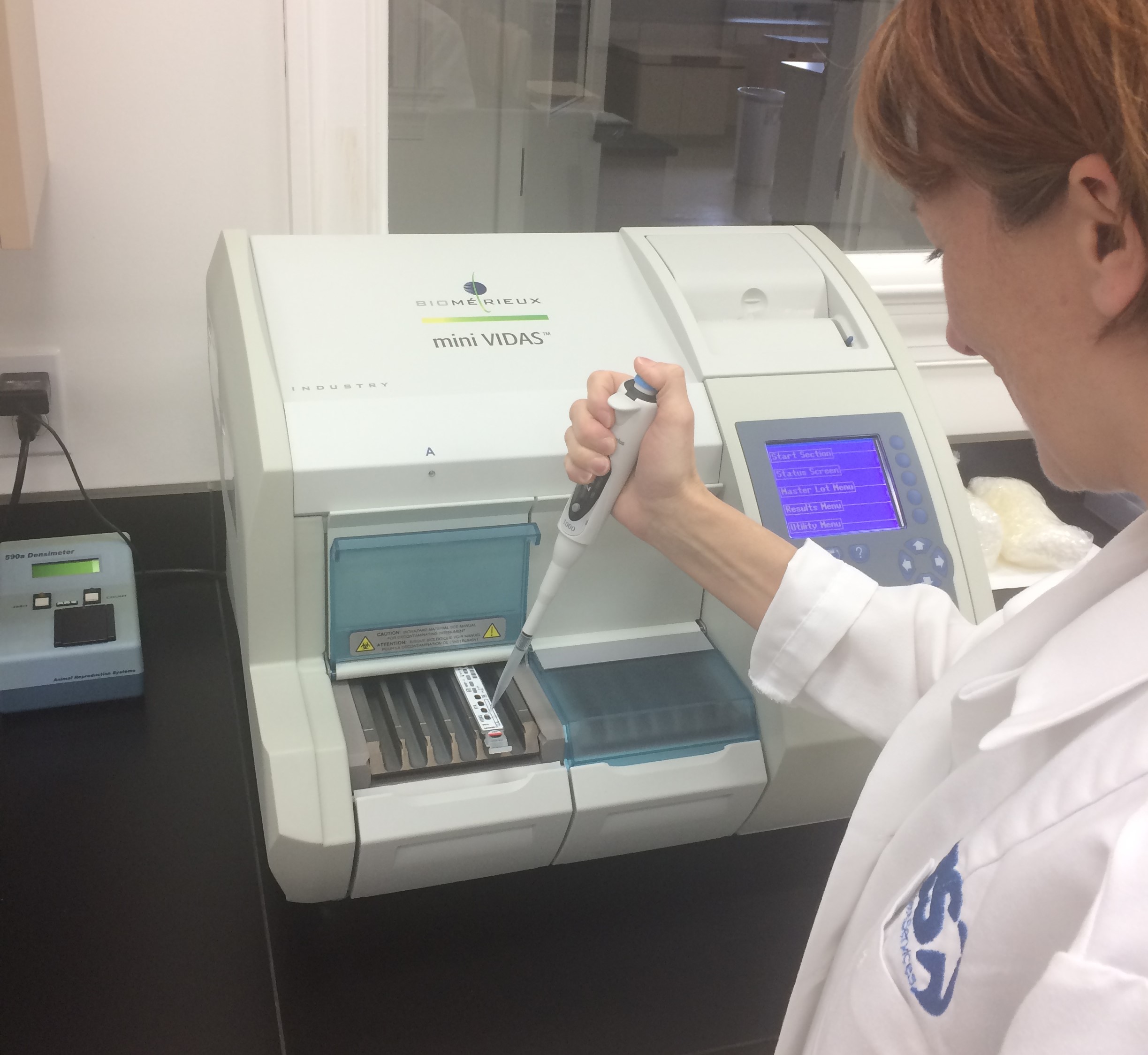
 Knowing and keeping track of the concentration, or the number of sperm per milliliter, of each ejaculate for a stallion is very important for a variety of reasons. The concentration of his semen, along with the volume of his ejaculate, is used to determine the total number of sperm he produces in a given collection. These two numbers (volume and concentration) are used to calculate insemination doses. Also, keeping a record of each number can help stallion managers recognize if there are any changes in the reproductive health of the stallion. Slight variations are likely nothing to be concerned about. However, if the number of sperm in the ejaculate varies drastically, from collection to collection or a steady decrease in his total number of sperm over time, one may begin to ask what is causing the change. This information is valuable so that any concerns can be addressed as soon as they arise.
Knowing and keeping track of the concentration, or the number of sperm per milliliter, of each ejaculate for a stallion is very important for a variety of reasons. The concentration of his semen, along with the volume of his ejaculate, is used to determine the total number of sperm he produces in a given collection. These two numbers (volume and concentration) are used to calculate insemination doses. Also, keeping a record of each number can help stallion managers recognize if there are any changes in the reproductive health of the stallion. Slight variations are likely nothing to be concerned about. However, if the number of sperm in the ejaculate varies drastically, from collection to collection or a steady decrease in his total number of sperm over time, one may begin to ask what is causing the change. This information is valuable so that any concerns can be addressed as soon as they arise.